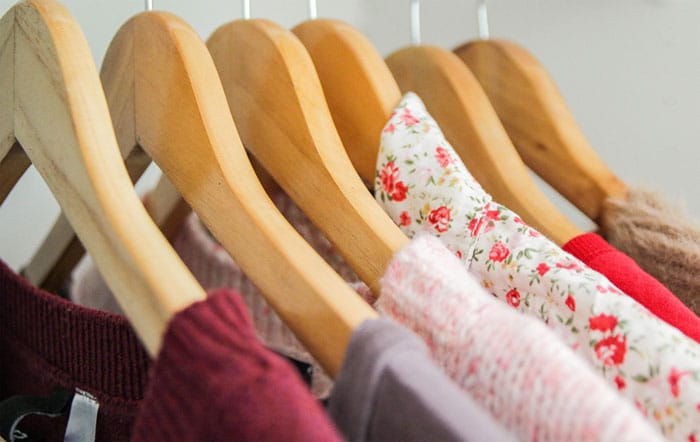 Kinga Krzeminska
Kinga Krzeminska Recently I saw a young man shopping at Trader Joe’s in his pajamas. This is no longer unusual, but I’m still a bit startled every time I see people in story time duds going about their business in public as if they are dressed in, well, clothes. In fact, these days it’s entirely possible that this man in sleep’s clothing may have been coming straight from work and popped into the market for some salad fixings.
If so, he’s part of a trend, but is it a good one? I know I’m not alone in thinking that this casual dressing fad has gone over the tank top. A recent Wall Street Journal article titled, “Is Your Back-to-Work Look TOO RELAXED?” quoted employers who regret allowing workers, now corralled back to their cubicles, to use “their best judgment” about appropriate workplace attire. One exasperated executive complained that the extreme casualness among some workers crosses the line into “I don’t care” territory. That’s not a good look for employees.
Many workers are pushing back. Clinging to their Crocs and seriously distressed jeans, a defiant banker, data analyst, engineer, and product manager quoted in the story all copped to testing the tolerance levels of colleagues and supervisors by padding down the hallways in flip flops, short shorts, and loud, swirly print t-shirts. The product manager’s wife frequently asks her husband in the morning, “Are you really wearing that to work?”
Admittedly, I never understood how people got any serious work done, even from home, while still in loungewear or play clothes. I’ve worked from home for many years but unless I’m crawling to my desk with a miserable fever, I don’t press that first keystroke until I’m fully dressed. Yes, it’s casual attire, but not ready for the luau. And I do always wear earrings and a little make-up.
It doesn’t matter that no one else will see me as I work alone. I see me! I’ve worked hard to become a professional, and that is in fact a work in progress. I’d feel less capable, less grown-up, and less worthy of doctoring a client’s manuscript if I were wearing a nightshirt printed with the phrase, “I ❤️ naps.” Besides, the power of suggestion is too strong, and my eyelids would soon grow heavy.
Dressing for work at home sets my mood and mentally prepares me for a day of meaningful tasks. The way I dress reflects my sense of self, purpose, and dignity.
Dressing for work at home sets my mood and mentally prepares me for a day of meaningful tasks. The way I dress reflects my sense of self, purpose, and dignity. Suited up, caffeinated with two cups of Peet’s Big Bang coffee, and empowered by admiring the slogan on my pen holder that boasts, “. . . because I’m the editor. That’s why,” I’m ready to rock on all cylinders.
Only two generations ago, men wore jackets and fedoras even to baseball games—hard to believe, but true. One generation ago, people dressed up to eat in a fine restaurant, attend a classical music concert, or go to shul or church. But today, someone in picnic clothes might still be headed into a Michelin-rated restaurant, not a 7-Eleven. Not long ago, I had an appointment with a new-to-me physician who was wearing jeans and rhinestone platform sandals. She seemed well informed and I liked her. This may become the new normal, but I don’t have to like it. Why would people who worked for so many years to earn their degrees and status still want to dress like college students?
Perhaps clothing etiquette used to be too formal and rigid. I get that. Styles evolve and often for the good. I’d rebel too if I were still expected to wear a long dress and whalebone stays around my midsection while writing. (I wonder how Jane Austen did it? She must have had a really good chiropractor.) But as that same Wall Street Journal article asked, “How low should you go?” My hope is that it’s no lower. Our internal essence, unseen, is what matters most, but how we package that essence conveys a message about who we are and what we represent.
Judy Gruen’s most recent book is The Skeptic and the Rabbi: Falling in Love with Faith.

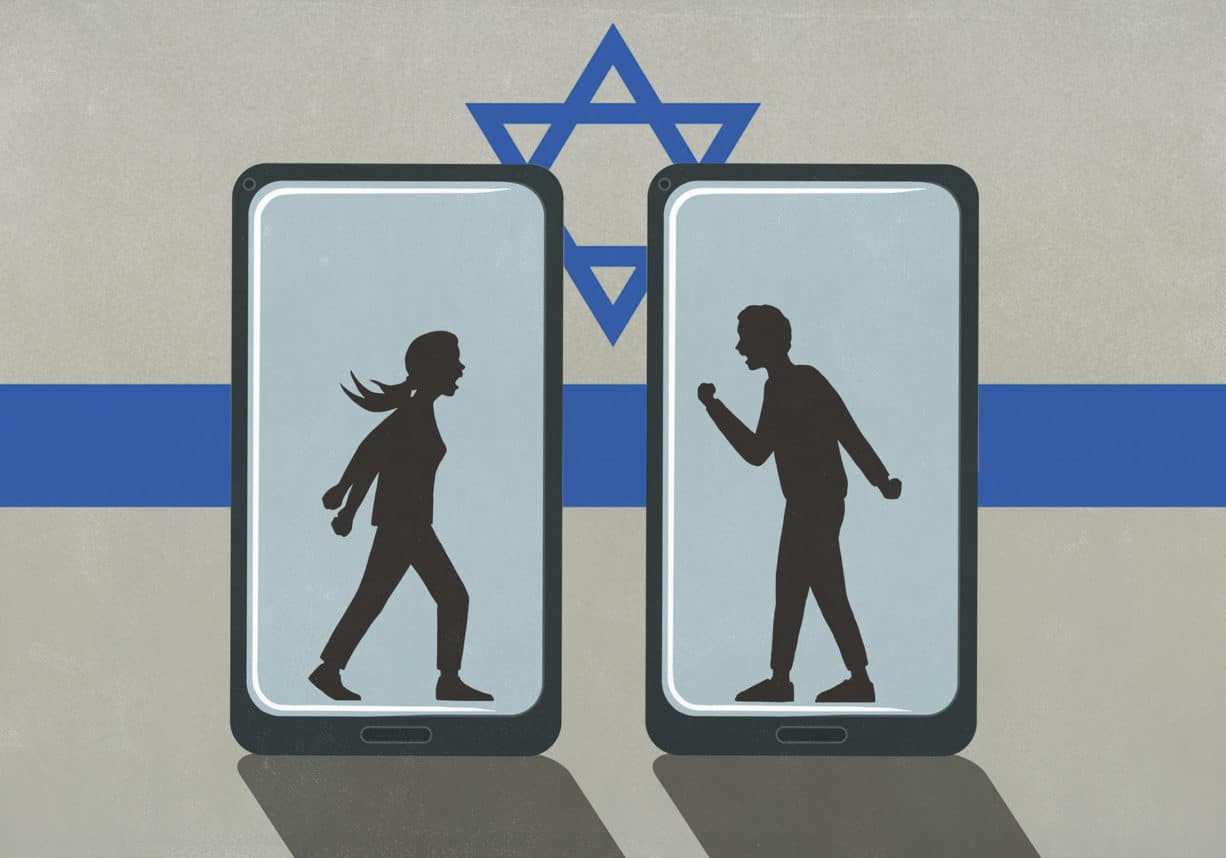



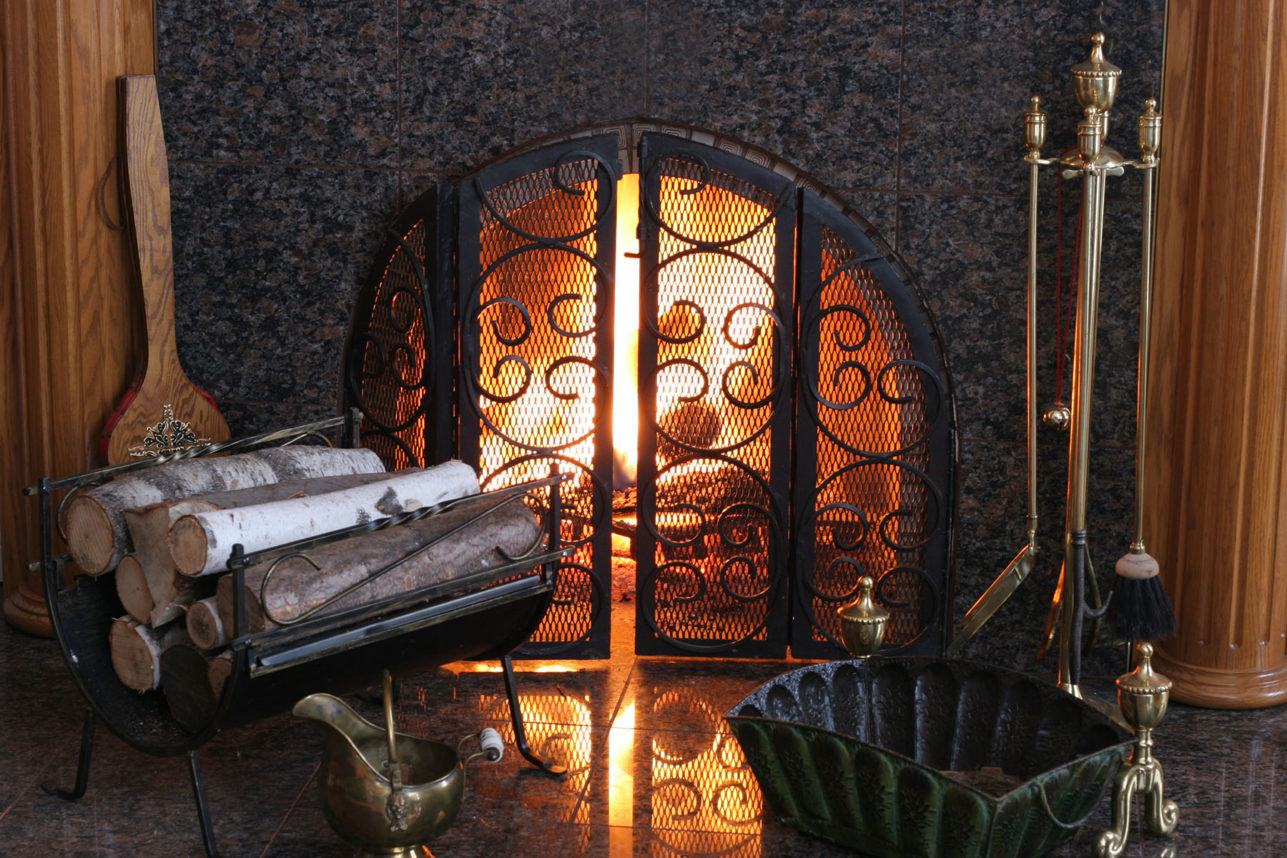
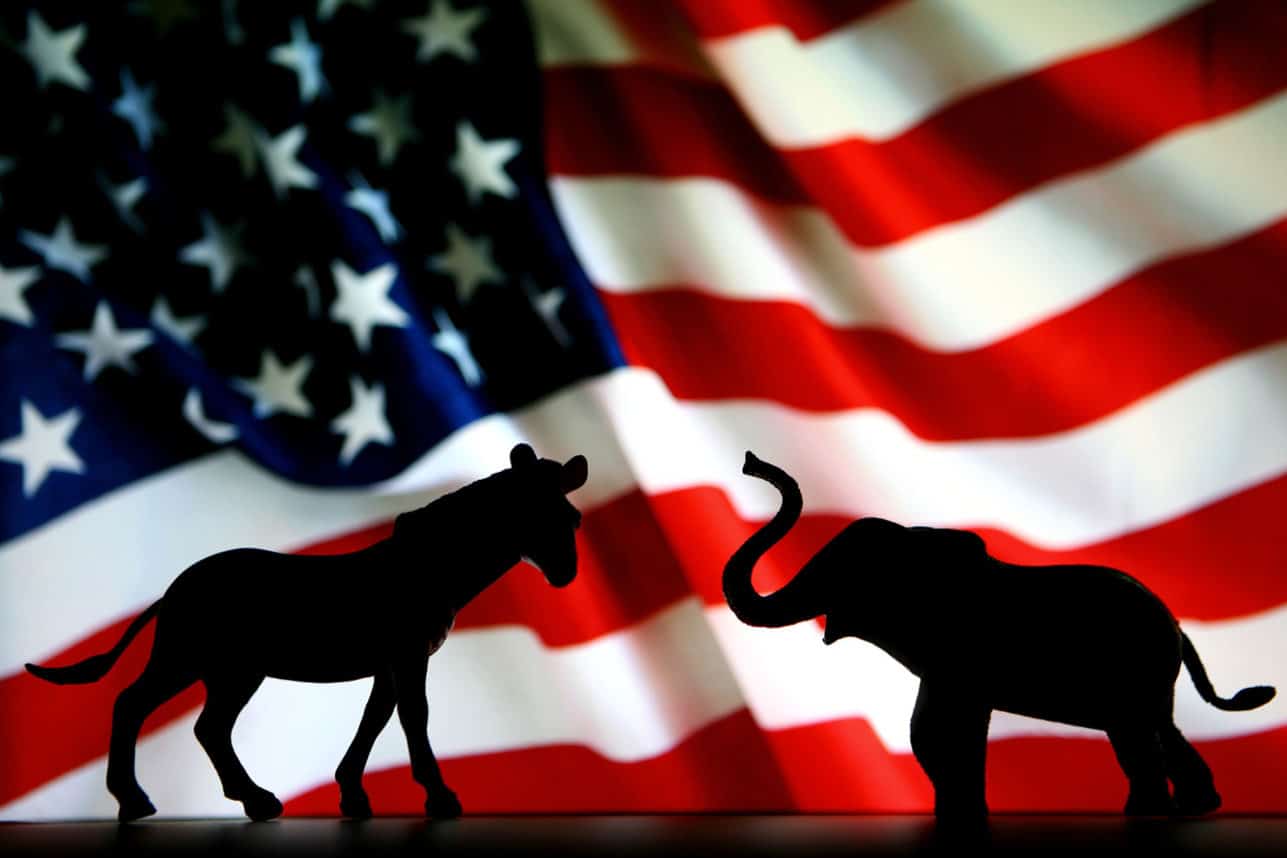

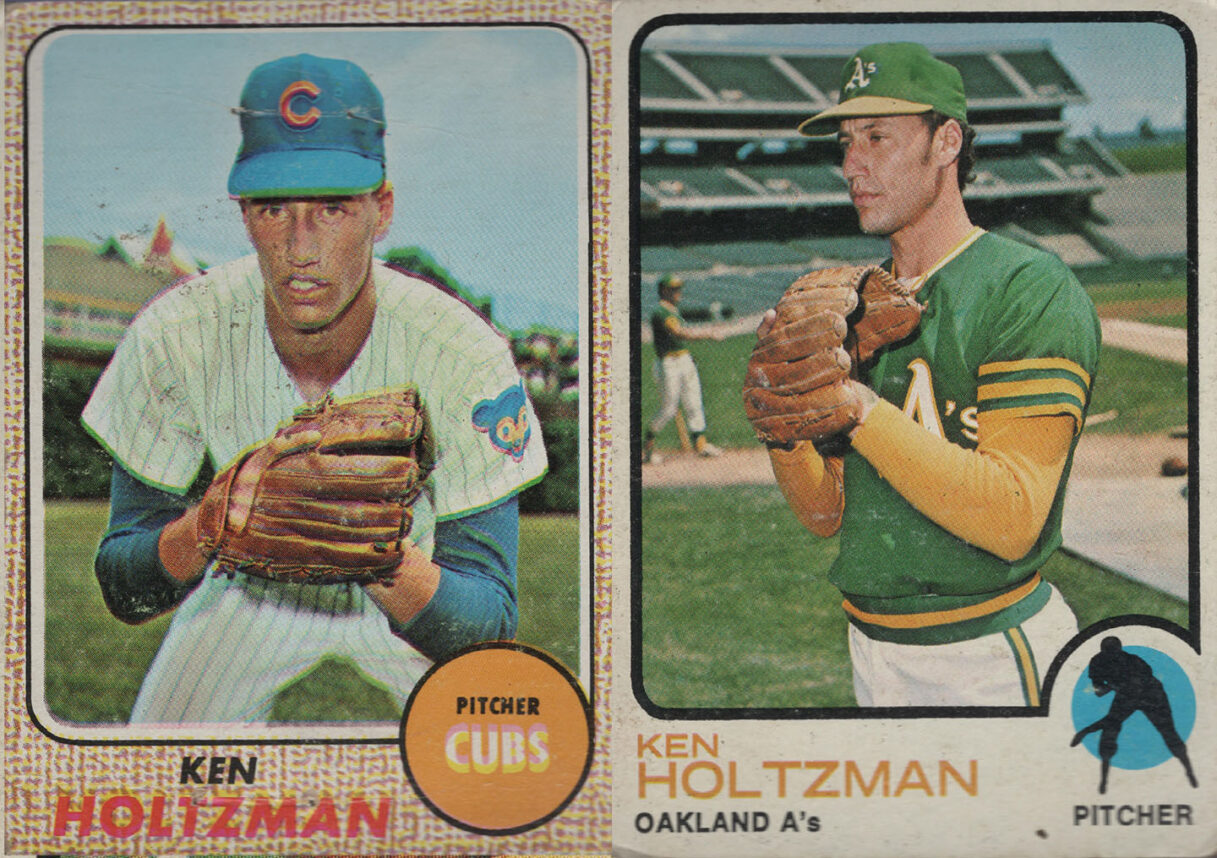

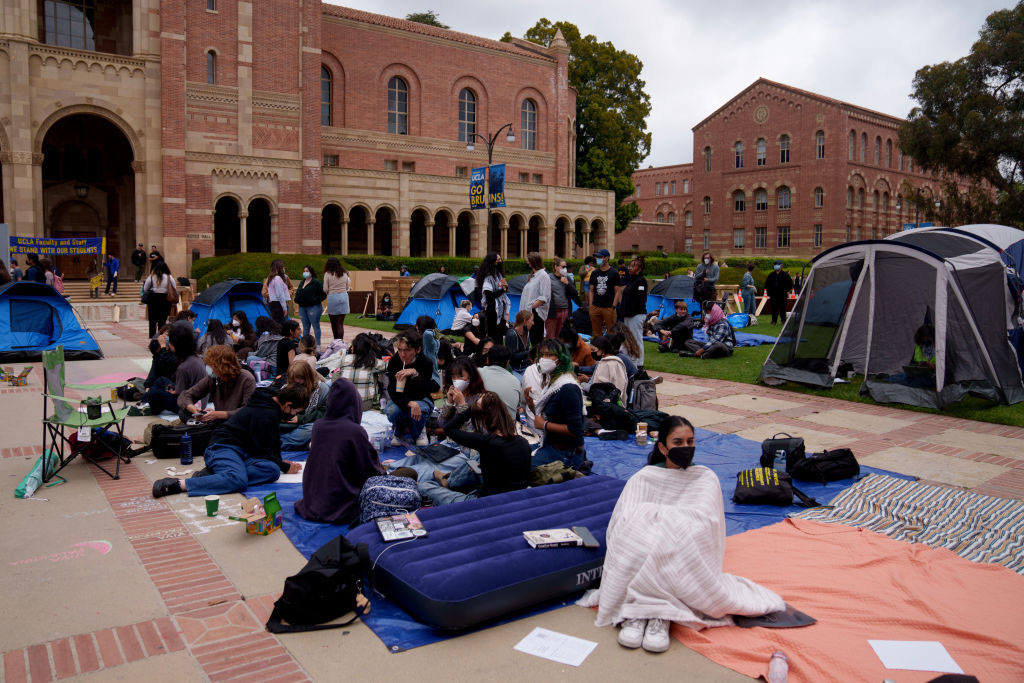


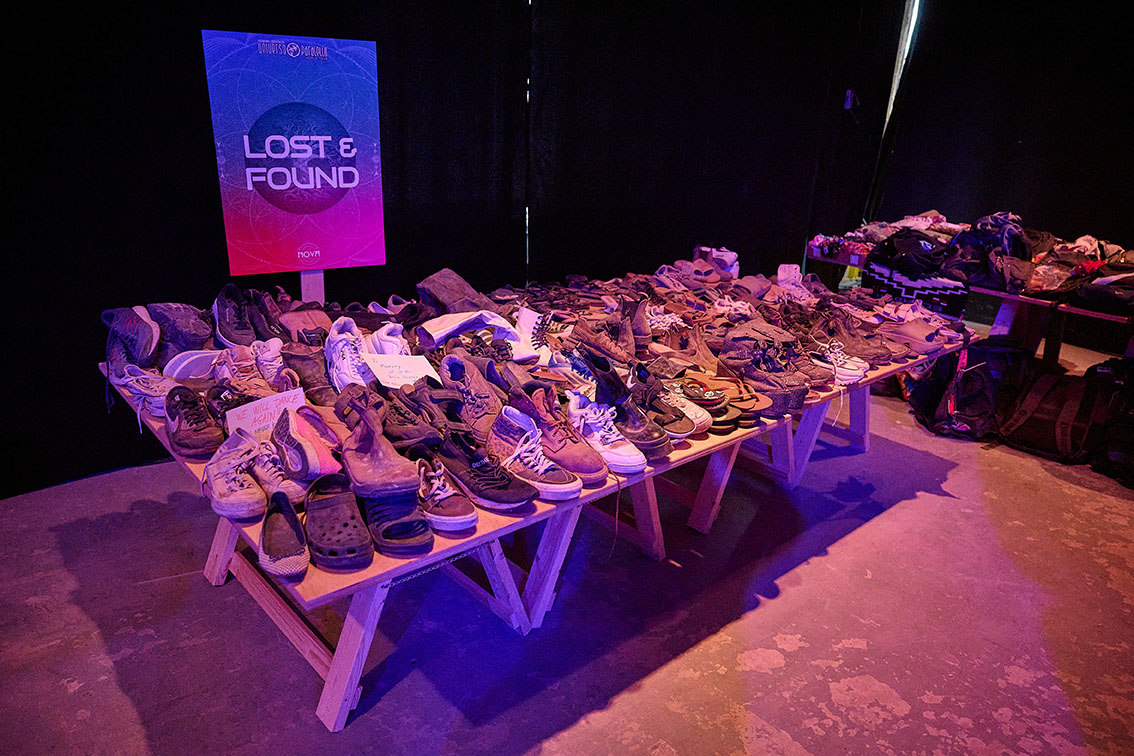









 More news and opinions than at a Shabbat dinner, right in your inbox.
More news and opinions than at a Shabbat dinner, right in your inbox.